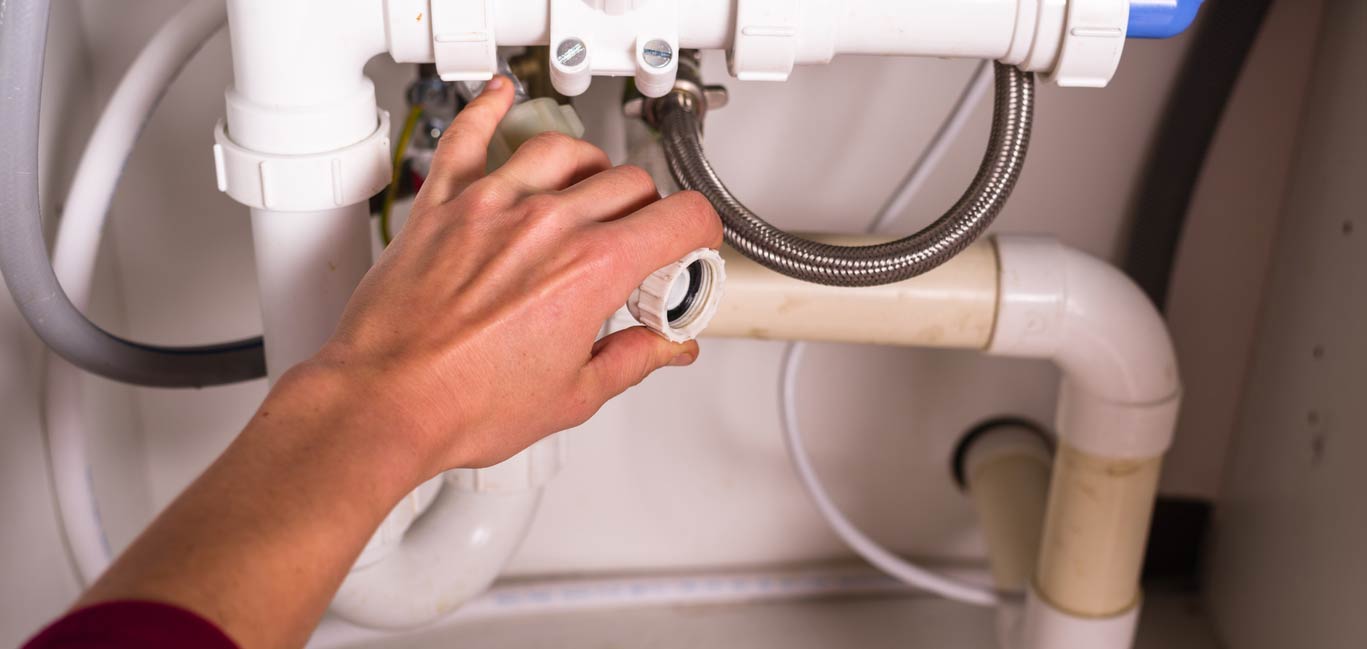Before you buy the home of your dreams, be sure to inspect all of the plumbing features because plumbing areas are usually the hardest to fix. Buying a home is probably the biggest investment that you’ll make, so get your home checked out for potential plumbing problems before you sign the dotted line.
It would not be the first time that new owners failed to notice some serious problems due to their inexperience; hence, it is strongly advised to consult a plumbing professional to do a plumbing inspection. If problems are discovered and you get a repair estimate, you’re now in the position to negotiate a discount with the sellers to cover the unexpected expense.
Plan to be on site when the inspection takes place and ask the plumbing inspector plenty of questions because it’s a great way to learn about your potential new home. The extra money that you spend on a plumbing inspection can go a long way towards knowing what you're about to purchase.
Here are some common things a plumbing pro would review:
Main Sewer
Have the main sewer line inspected that connects the home to the city sewer using a sewer camera to inspect the line and determine any problems. There may be some deteriorating sections requiring repair or, even worse, the line might be so deteriorated it is at risk of collapsing. A simple camera inspection could make you aware of a hidden and very costly problem prior to the purchase.
Water Meter & Valves
Checking the water meter is an important part of the inspection. The inspector will close all the faucets and check if the water meter is turning. If the meter continues to run, there is a leak somewhere. This must be addressed first because this dripping could be a serious problem.
The next step is to move on to the valves by shutting off the main shut off valve operation. When doing so, no faucet in the house should have water. If everything is working properly, you are off to a good start.
Water Heaters
- On average, most water heater lasts about 10 years, but this depends on the water quality, how the water heater is being used, maintenance and installation.
- You should consider where the tank is located. Most are located out of sight, yet it’s common to find water heaters placed in areas that can still cause a lot of damage if they leak.
- It’s important to remember that water heater pans can only hold so much water before they overflow, so a careful inspection is required to notice any evidence of prior water damage.
- Have the inspector check the water heaters for signs of corrosion. Even though the most common water heaters issues are easily resolvable, corrosion should not be overlooked since it can cause serious damage.
- When considering this house also consider the size of your family and bear in mind that an average four-member family requires at least 400 gallons per day to satisfy its regular needs.
Faucets-Sinks-Toilets
- Check all existing faucet and sinks in detail to be certain that they are fully functional with no drips or leaks. Open the faucets to maximum flow and check if the water goes down the sink without any delay.
- Flush each toilet to be certain that when they’re flushed the entire water quantity needs to drain without any leftovers.
- Make certain that there are no leaks at the base of a toilet. If there is a leak, even if it appears insignificant, over time the water will begin to rot the subfloor and even get between the subfloor and the finished floor.
Owner Beware
Buying a house can be a very exciting experience, but it’s up to you to have it inspected properly so you can rest assured your investment is worth the price and peace of mind.
Get more of the best plumbing blogs right here and learn more about the inner workings of your home.

